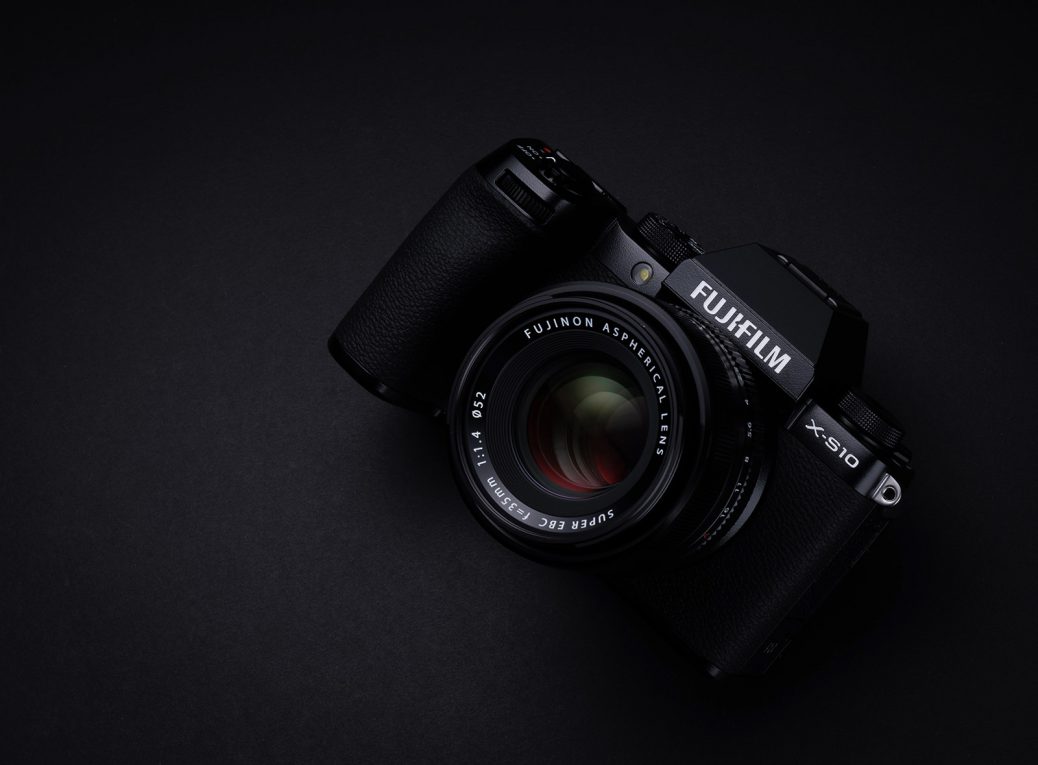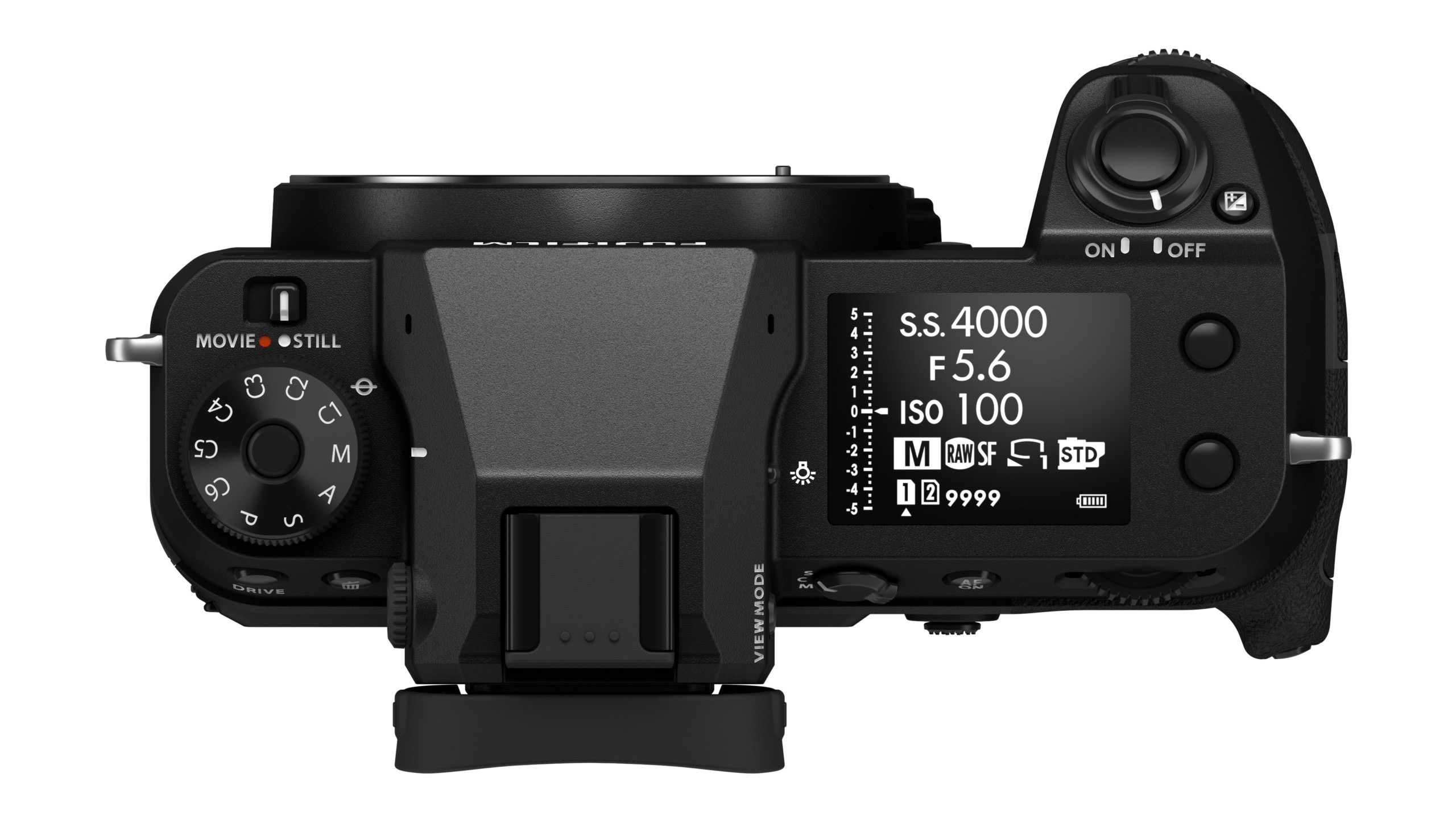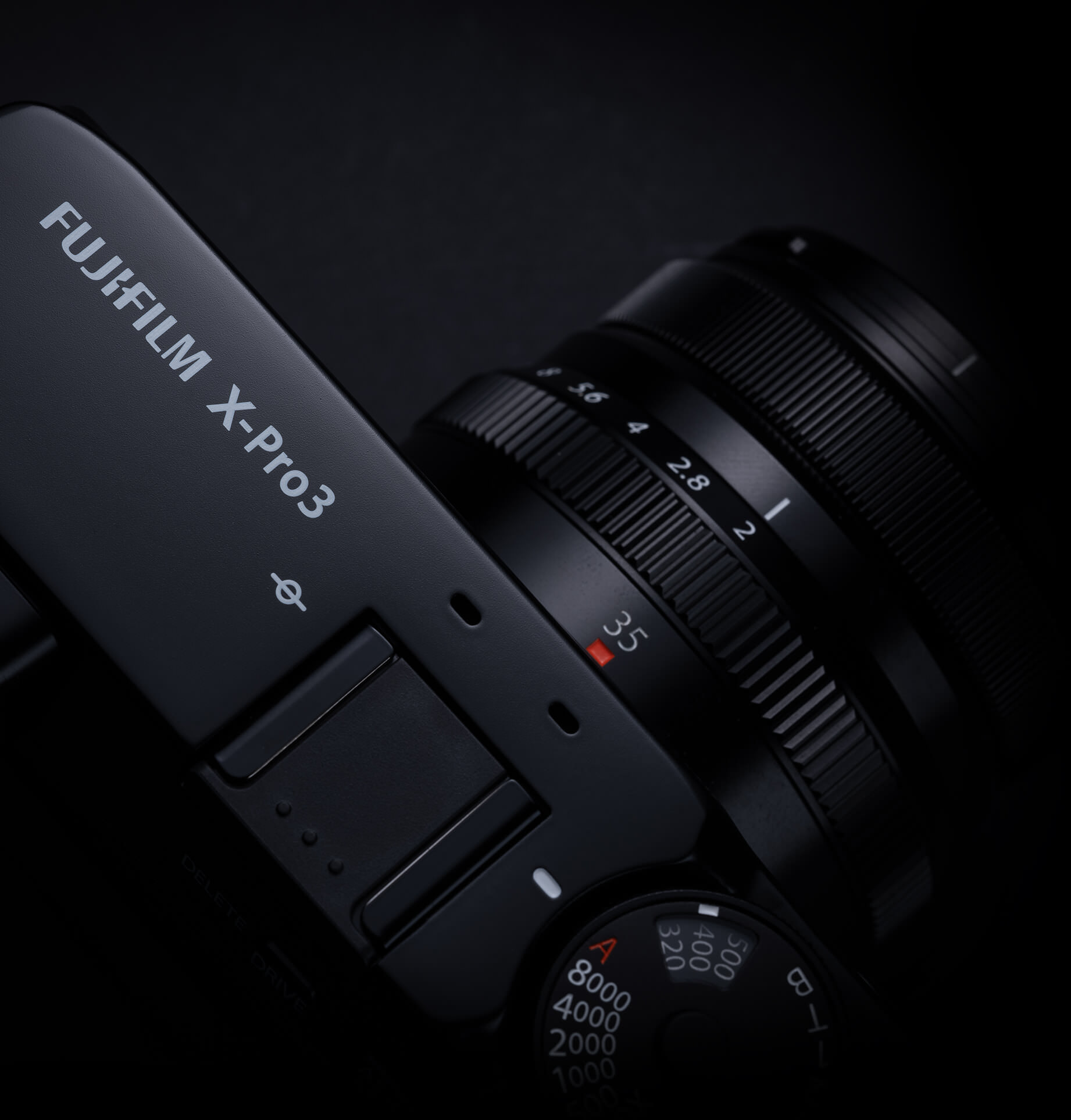Fujifilm is Working on a Fix for a Serious macOS File Issue
Fujifilm has issued an important notice to photographers using Fujifilm cameras and macOS computers, warning that a firmware incompatibility found in several popular that may cause issues with accessing files and risk of file loss in macOS. The company says a firmware fix is in development.
According to the post, the issue only occurs when users have over 4,096 files written in-camera to a single folder on their SDXC card and then try to access these files using an internal or external card reader connected to their Mac. Users connect their memory card to their Mac, only to have just 4,096 files show up, despite having more images and videos accessible when the SDXC card is in their camera.
Fujifilm says a number of its popular X Series and GFX System mirrorless camera models have been found to have firmware incompatibility with macOS.
The following list of cameras is affected by the issue regardless of firmware version:
- GFX100
- GFX100S
- GFX50S II
- X-Pro3
- X-T4
- X-S10
- Fujifilm X-E4
- X-T30 II
- X100V
There are also a few older cameras that are affected only if they have been updated to newer firmware versions:
- GFX50S if firmware is v4.00 or later
- GFX50R if firmware is v2.00 or later
- X-T3 if firmware is v3.20 or later
Photographers have reported this alarming file access at least as early as May 2021. Fujifilm says the issue can arise when a photographer using an affected camera saves photos shot in-camera to an SDXC memory card and then tries to directly access those photo files using a Mac running macOS — Windows users are not affected by this issue.
“While the current firmware versions allow these X and GFX series cameras to internally write and store 9,999 frames to a single folder, it has been observed that if more than 4,000 files are written in-camera to a single folder on an SDXC card and directly accessed using macOS,” two issues could occur.
First, the photographer could be unable to access the files they are looking for.
“Some files on the memory card may become inaccessible if the card has been connected to the computer through an internal or external memory card reader and directly accessed using macOS,” Fujifilm says.
Second, and likely more worrying to photographers, there could be a chance of file loss if the memory card is not properly ejected. Do not remove the card without ejecting first and/or while your Mac is in sleep mode.
“If the memory card is not ejected correctly from a computer using macOS, there is a likelihood that data may be lost if the same card is directly connected and accessed a second time using macOS,” Fujifilm says. “However, risk of data loss in this situation can be prevented by following proper ejection procedures for macOS operating systems.
“If the proper procedures are followed, no data will be lost. However, files will still remain inaccessible when attempting to directly access the data on the memory card using macOS.
“FUJIFILM is not responsible for any loss of use, images, files, data, or other information in connection with the use of FUJIFILM products caused by the above improper ejection procedures.”
To eject an SD card in macOS, drag the card’s icon to the Trash. You can safely remove the card once the card’s icon disappears from your desktop.
Fujifilm says it’s working on a firmware patch to “limit the number of files that can be written to a single folder.” It’ll be available as a free update to all affected X series and GFX series cameras, but it doesn’t specify when it’s planning to roll it out.
More info on Fujifilm’s website.



